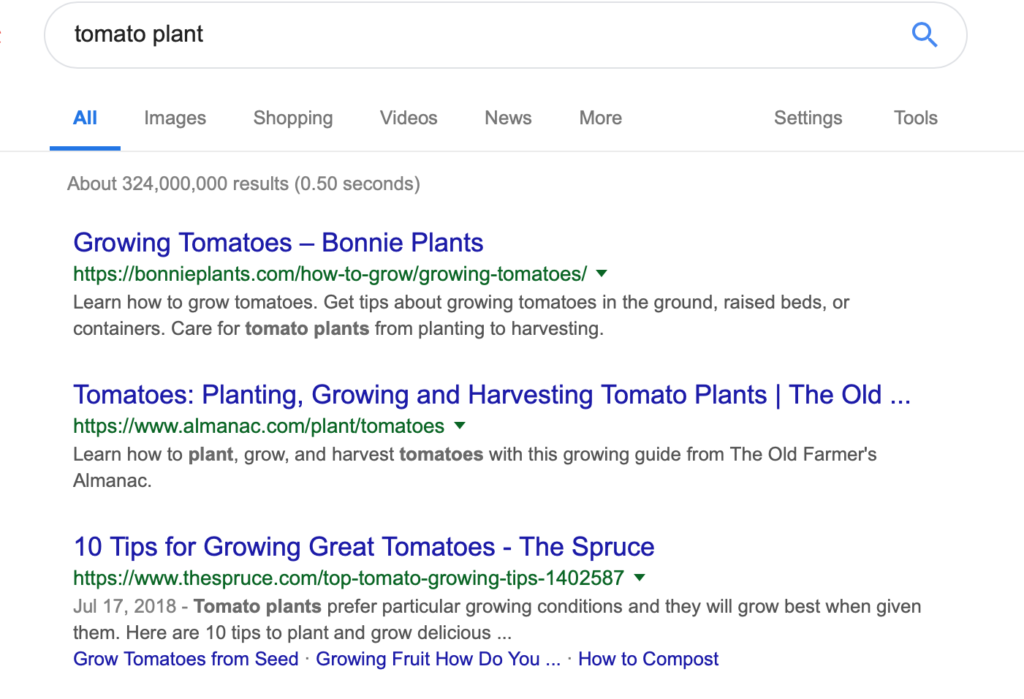Search engine optimization, commonly known as SEO, can be simply put as the strategies a website creator uses both directly on their website as well as what is going on behind the scenes of the website in order for the website to improve in search engine ranking. As stated in The Art of SEO, it is important to understand that all searches are performed with intent. Thus, it is imperative to know who is searching for your website and what their intents are when using the search engine. If you know the searcher’s intent, you know how to make your website the top pick for exactly what they are looking for.
When trying to find intent, you must first think about who the searcher is. There are specific users that have a very narrow and direct search intent and then there are exhaustive users that are searching at a wider range of topics. You can learn who your searcher is and what their intent is first by what queries they create.
For instance, the user may be looking to perform a specific action such as booking a hotel room or buying a new case for their cell phone. No one really uses urls anymore, they just search for what they want and trust that their search engine will show them the best places to get it at the top of the first page. This is where the website creator must think about their consumer’s mindset. What things would the user be typing into the search bar in order to find our website and buy the product we’re selling? This is a transactional query.
Along these same lines, another query the user can make is a navigational query. There is usually one intent here that is pretty strong: finding a brand, a specific website, or location. This is when a user would simply just type “Nike” in order to be linked to their website.
Lastly, and arguably most common, are informational queries. The user wants to know the answer to a specific question such as “how much does an elephant weigh?” or they want to learn all about tomato plants before planting them in their garden. Informational queries are tricky in that they can range from super specific, extremely broad, time sensitive, and anything in between.

Knowing that these are the main thought processes behind a search, you now must think of how the user is going to search for this thought and how that will lead them to your website rather than someone else’s. This can bring up a few different strategies to maximize traffic to your website. The first is through keywords. This begs the question of “what words will the searcher be using in order to answer their question?” This is where your website’s primary keywords can come into play. Each word should have intent behind it. Another way knowing intent can help in SEO is if you are buying pay-per-click advertising space. Knowing when the user is searching is imperative to knowing where you ad is going to show up and making sure it is to your target audience, or at least someone that will actually care to click on your ad. Lastly, knowing intent can help you know who your competition is and how to compete for the click on your website versus theirs. These are all topics for another time, but the overarching premise here is, know your target’s intent before thinking about anything else when it comes to SEO.
-Brittany Ward
Search Engine Bible: https://books.google.com/books?hl=en&lr=&id=2Gz-CAAAQBAJ&oi=fnd&pg=PR16&dq=search+engine+optimization&ots=vHKDPtaX6t&sig=SId26AxHXJUDuDTQlT3MKho2010#v=onepage&q&f=false
https://www.searchenginejournal.com/seo-101/how-people-search/
